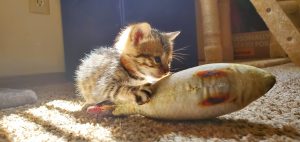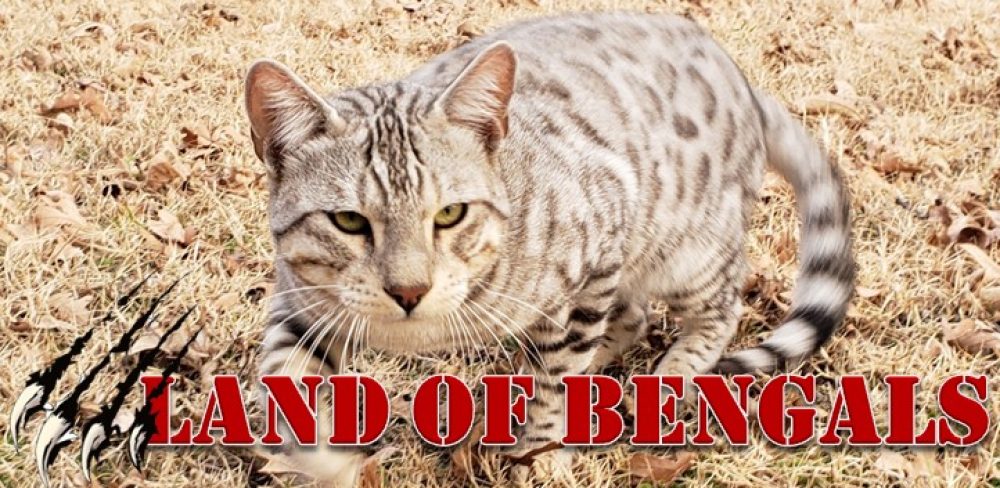 Your Bengal is unique, and very much different from the average/regular cats. Bengals inherited strong feral tendencies from their ancestors, the Asian leopard cats. To better understand what your Bengal cat should eat, you must first appreciate their ancestor’s feeding habits, which comprised of birds, lizards, and insects. All of these foods that the Asian leopard cats ate in the wild were mostly protein based.
Your Bengal is unique, and very much different from the average/regular cats. Bengals inherited strong feral tendencies from their ancestors, the Asian leopard cats. To better understand what your Bengal cat should eat, you must first appreciate their ancestor’s feeding habits, which comprised of birds, lizards, and insects. All of these foods that the Asian leopard cats ate in the wild were mostly protein based.
Bengals are obligate carnivores, meaning they have nutritional requirements that can only be met with a diet based almost entirely on animal tissue. Felines “guts” are much shorter than ours and their digestive system is fine-tuned and able to extract all the necessary protein, vitamins and fat from meat. They do not have the ability to fully digest and utilize the nutrients in plant material.
In the wild, felines may get a small amount of grain and other plant material from the stomachs of their prey, but it is not by choice, it is just part of their life. However, our domesticated Bengals really do not need any amount of grain.
As a Bengal lover, you need to be aware that a healthy nutrition is imperative to the general wellness of your Cat.
What is a Raw diet?
 Raw feeding is the practice of feeding domestic carnivores such as dogs and cats a diet of uncooked meat, edible bones, and organs. Most Bengal cat owners feed their pets with raw meat, even though some veterinarians are usually against this practice.
Raw feeding is the practice of feeding domestic carnivores such as dogs and cats a diet of uncooked meat, edible bones, and organs. Most Bengal cat owners feed their pets with raw meat, even though some veterinarians are usually against this practice.
A Raw diet provides a range of benefits that a commercial diet can never hope to even closely match.
These benefits include:
- No pet odor
- Meaty bones will help clean teeth
- Much less stools produced
- Decreased or non-existent vet bills (your animals are healthier!)
If you decide to go this route, it is necessary to do thorough research to ensure you include meat, organs, and bones in the right ratios.
Supplements like Kitty Bloom can be used together with a raw diet containing chicken, beef, rabbit and pre-made mixes for better results.
